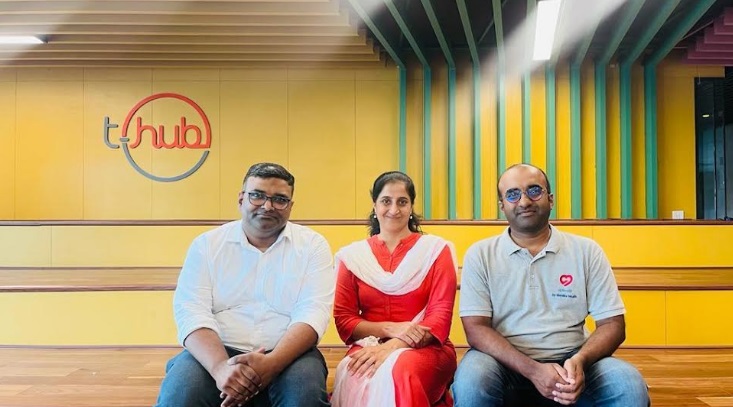Except for users in Europe and Korea, the Memory feature, which was first announced in February, is now accessible to all OpenAI ChatGPT Plus paying users worldwide.
All ChatGPT Plus users can now access OpenAI’s Memory feature, following a restricted deployment in February. OpenAI said that “Memory is now available to all ChatGPT Plus users except those in Europe or Korea” in an update to the “Memory for ChatGPT” blog.
Memory in ChatGPT enables the AI chatbot to either retain or lose important commands and information that the user provides in prompts. According to OpenAI, ChatGPT Plus subscribers will be able to personalize their interactions with the chatbot and do away with the need to repeat information thanks to this functionality.
Why does Tesla value China more than India?
In February, OpenAI said that the user will get full control over what the AI chatbot should remember from their conversation. Additionally, the company said that users will get the ability to delete a specific memory under the new “Manage Memory” section in settings alongside an option to disable the feature completely.
With a wider rollout now, OpenAI has made it easier to access and control memory. In the blog post, the company said that ChatGPT will let the user know when the memory has been updated. The user can then hover over the “Memory updated” message and select the “Manage Memory” option to review and change the saved details.
Delhi Mumps Epidemic: Take These Preventive Steps To Stay Safe.
What is Memory for ChatGPT
While using ChatGPT for conversation or assistance, users can ask the chatbot to remember specific details or provide it with instructions that it needs to follow when performing specific tasks in the future. With the Memory feature enabled, ChatGPT will be able to pick up details itself and improve accordingly over time. For example, if you ask ChatGPT to summarise texts in limited words and provide bullet points at the end, it will provide a summary in the requested format every time you ask it to do so in the future.
It should be noted that memories stored with ChatGPT are not restricted to a single conversation and deleting a chat does not erase the memory. If the user wishes to have a conversation without using memories and does not want to disable the feature or erase memories, it can be done on a temporary chat, which is accessible through a drop-down menu from the top of the screen.











